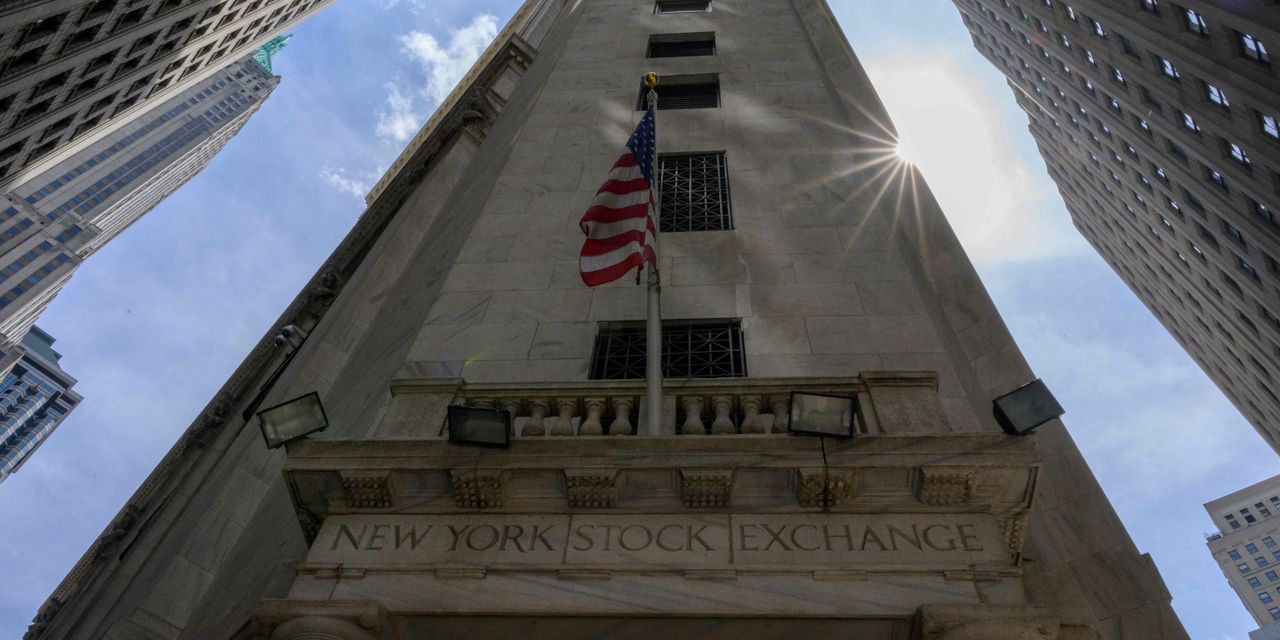U.S. stock futures were wobbling minimally around the flatline Tuesday as the debt-ceiling deadline continued to cast a pall on trading.
How are stock-index futures trading
-
S&P 500 futures
ES00,
-0.17%
dipped 3 points, or 0.1%, to 4202 -
Dow Jones Industrial Average futures
YM00,
-0.24%
fell 40 points, or 0.1%, to 33320 -
Nasdaq 100 futures
NQ00,
-0.13%
rose 2 points, or less than 0.1%, to 13905
On Monday, the Dow Jones Industrial Average
DJIA,
fell 140 points, or 0.42%, to 33287, the S&P 500
SPX,
increased 1 points, or 0.02%, to 4193, and the Nasdaq Composite
COMP,
gained 63 points, or 0.5%, to 12721.
What’s driving markets
It was another tentative early session, as futures twitched above and below the flatline, with the market still absorbed by budget wrangling in Washington.
“The debt ceiling seems to be the only market driver. U.S. futures [were earlier] ticking higher after a…vote of confidence from both sides of the aisle that progress is being made and in anticipation of additional positive sound bites,” said Stephen Innes, managing partner at SPI Asset Management.
In a new letter to Congress published on Monday, Treasury Secretary Janet Yellen reiterated that the U.S. won’t be able to pay all its bills by early June, and as soon as June 1, if Congress doesn’t raise the debt ceiling.
Stresses have been building in government bond markets, pushing up short-term yields and the price of debt insurance, as traders express concern about the impact on markets should Yellen’s feared scenario come to pass.
“If no agreement is reached, the U.S. could default on interest it owes on its debts, sending borrowing costs soaring and sending shockwaves through the global economy. The forecast incoming mild recession would turn into a storm and the U.S. financial credibility would be badly shaken,” said Susannah Streeter, head of money and markets at Hargreaves Lansdown.
The uncertainty has encouraged investors to eschew bold bets of late. The S&P 500 is up 9.2% this year as traders welcomed easing banking sector angst, inflation cooling to a two-year low and a generally well-received first quarter earnings season.
But after reaching the top of its 3,800 to 4,200 range held for about seven months, the S&P 500 is struggling to make further headway until the prospect of a technical default by the U.S. government is removed.
“Ongoing debt ceiling negotiations left investors sitting on their hands and unwilling to commit in the absence of an agreed resolution,” said Richard Hunter, head of markets at Interactive Investor.
U.S. economic updates set for release on Tuesday include S&P flash U.S. services and manufacturing purchasing manager indices for May, due at 9:45 a.m. Eastern. Before that at 9 a.m. Dallas Fed President Lorie Logan is expected to deliver some comments.
Read the full article here







